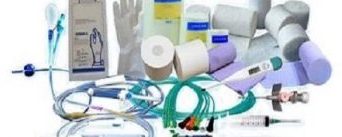What is Biocompatibility?
What is Biocompatibility? What is Biocompatibility? – “Medical devices that come into direct or indirect contact with the body” are assessed “for the possibility for an unacceptable adverse biological reaction caused by contact of the device’s component materials with the body.” The term Biocompatibility is described for the specific property of material being compatible…






